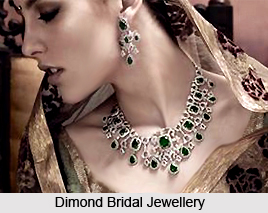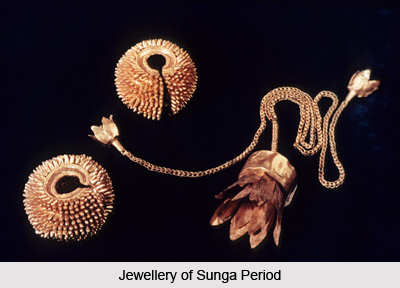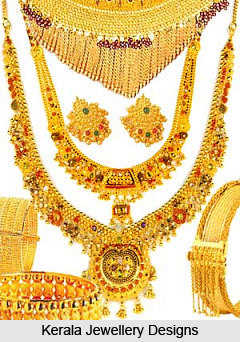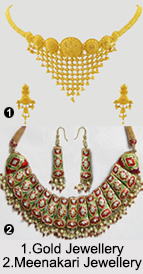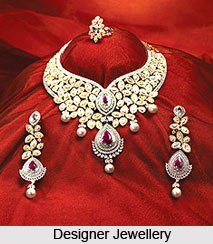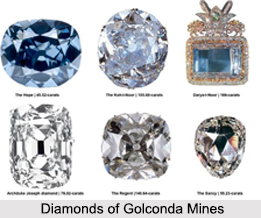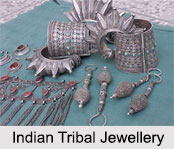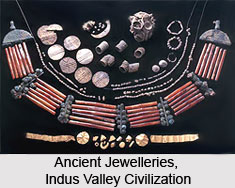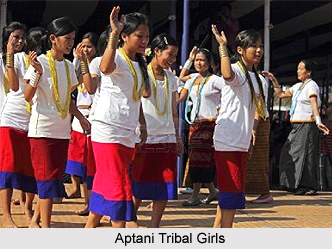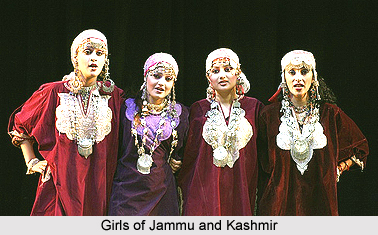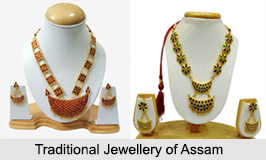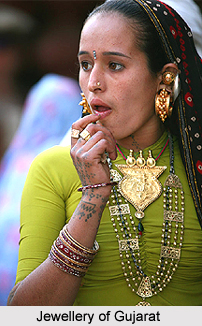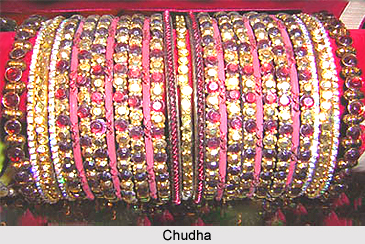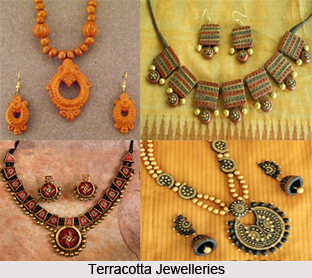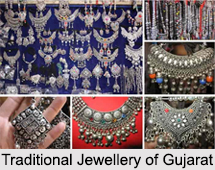 Traditional Jewellery of Gujarat presents a remarkable variety across the various communities inhabiting the state. Gujarat is a culturally enriched state on the western coast of India and its cultural vivacity reflects well through the traditional Gujarati costumes as well as jewelleries. Jewelleries and accessories make an integral part of the traditional Gujarati costume look. The jewelleries complementing the traditional Gujarati costumes are generally heavy, artistic and intricately crafted.
Traditional Jewellery of Gujarat presents a remarkable variety across the various communities inhabiting the state. Gujarat is a culturally enriched state on the western coast of India and its cultural vivacity reflects well through the traditional Gujarati costumes as well as jewelleries. Jewelleries and accessories make an integral part of the traditional Gujarati costume look. The jewelleries complementing the traditional Gujarati costumes are generally heavy, artistic and intricately crafted.
The beauty of traditional jewelleries of Gujarat can best be understood during the festivals such as Navratri or Dussehra when the natives put on their best traditional attires along with the jewelleries and are in a mood to celebrate. Lavish jewelleries and accessories are sported by the people of Gujarat during the festival. A royal sense of style, artistry and gracefulness are perfectly showcased through the various traditional costumes and jewelleries of Gujarat.
Traditional Jewellery of Gujarati Women
In Gujarat, women wear jewelleries like bangles, earrings, necklaces, chains, nose pins and rings. They also flaunt ornate, tassel key rings on their waist. Married women have Mangalsutra strung around their neckline and apply vermilion or Sindoor on the parting of their hair in order to symbolize the holy bond of Marriage. Women in the villages of Gujarat adorn themselves with tribal silver jewellery.
Traditional Jewellery of Gujarati Men
The Gujarati men may wear golden chain and ring and accessorize their outfit with an embellished turban. Men wear silver ornaments that add gravity to their masculinity.
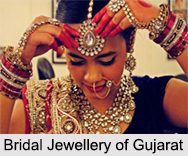 Various Traditional Jewellery of Gujarat
Various Traditional Jewellery of Gujarat
Some of the traditional Jewellery of Gujarat is mentioned below:
Kandora: A fancy Kamar-Bandh worn around the waist known as "Kandora" is a popular jewellery of Gujarat. It is mostly designed in silver.
Matha Tikka: A head jewellery which has several gold chains linked together with enticing motifs encrusted with rubies and emeralds.
Patla Bangles: This is a traditional Meenakari resin white bangles of Gujarat. The bangles have rich detailed work in kundan, pearls and other precious gemstones.
Kundan Rani Haar: This is a very traditional and a royal piece of jewellery worn by the bride which accentuates her beauty even more.
Damini: This is another piece of ornament the bride is made to worn. Damini is worn in the forehead and its side loops are attached to the sides and the middle.
Kundan Butti: A very exquisitely designed earrings that consists of a chain which passes over the crown of the head and the Kundan Buttis are hanged as earrings from the earlobe.
Baju-Bandh: These are armlets worn by the brides in the upper arm complementing with other bridal jewelleries.
Chandan Haar: Very similar to grandeur associated with Rani Haar, Chandan Haar too holds a very significant place amongst the other traditional ornaments. The design is very abstract with four strands of gold attached together.
Kundan Bangdi: Kundan Bangdis are bangles exclusively designed for the brides keeping their preferences in mind.
Traditional Bridal Jewellery of Gujarat
Traditional Bridal Jewellery of Gujarat finds its share of importance in a bride"s ensemble. Gold, kundan and diamond ornaments complement a Gujarati bride"s wedding attire.
A Gujarati bride"s hair is tied back in a neat bun or braid, and covered with the saree pallu or a dupatta, while the forehead is adorned with a "Matha Tikka" and a "Bindi". They usually puts golden jewellery named "Gala no har" and "kan ni butti" (necklace with earrings), "Nathni" (nose rings), "Bajubandh" (armlet to be put at upper arm), "Poncho" (bracelet to be wear on wrist which has five extended golden chain ends with rings on other end for each of the fingers and thumb) with "Bangadi" (Bangles) and "Patla" (a type of bangles having more width than usual), "Chandlo" (to be put on forehead), "Chadda" (Payal) in feet.
The lavishness and richness of Gujarati culture and tradition finds the most aesthetic expression through the Traditional Jewellery of Gujarat. Jewellery is not just a means for embellishment, but more of an investment. It is a mark of identity, a display of wealth and therefore, a symbol of pride.


